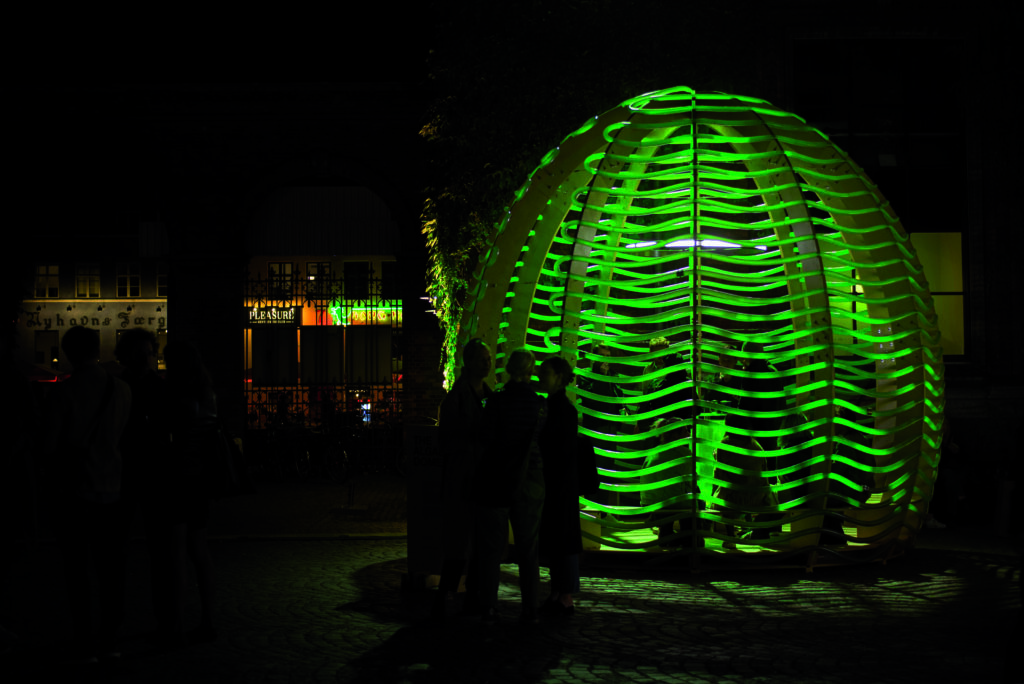August 1, 2021
Productive Urban Open Spaces: Water, Energy, and Organic Materials for the Circular City
Forthcoming book chapter in Urban Open Space +: Strategies at the intersection of architecture and open space planning, Jovis

The Algae Dome by Space 10 (photographer: Niklas Adrian Vindelev)
Abstract
The notion of productive urban open spaces in the built environment disciplines has been primarily tied to food production for over a decade. In parallel, environmental rating systems have started to define productivity in the context of resource efficiency, driven by an intensifying movement towards greater urban sustainability. Circular city and urban metabolism frameworks formulate similar aspirations at the urban scale by interconnecting resource flows. These frameworks conceptualize the relationships between industries, infrastructures, and resource flows as networks and their integration into existing cities. The role urban open spaces can play in the circular city has not yet been explicitly considered. This investigation focuses on connecting the idea of productive open spaces with urban net-positive resource balances. This analysis follows the logic of an amended Water-Energy-Food Nexus model, a transdisciplinary approach for the sustainable and equitable delivery of these essential resources focusing on water, energy, and organic materials. The reviewed projects are sorted by their primary productive strategies, collection, recovery, cultivation, and the technology they use to supply a specific resource. The further analysis reflects what design considerations planners, designers, and communities need to consider when integrating these productive systems in cities and what synergetic economic, environmental, and community benefits they might provide.
Citation
Proksch, G. (2021). Productive Urban Open Spaces: Water, Energy, and Organic Materials for the Circular City. In Urban Open Space +: Strategies at the intersection of architecture and open space planning, Carolin Mees, Berlin: Jovis. (forthcoming)
